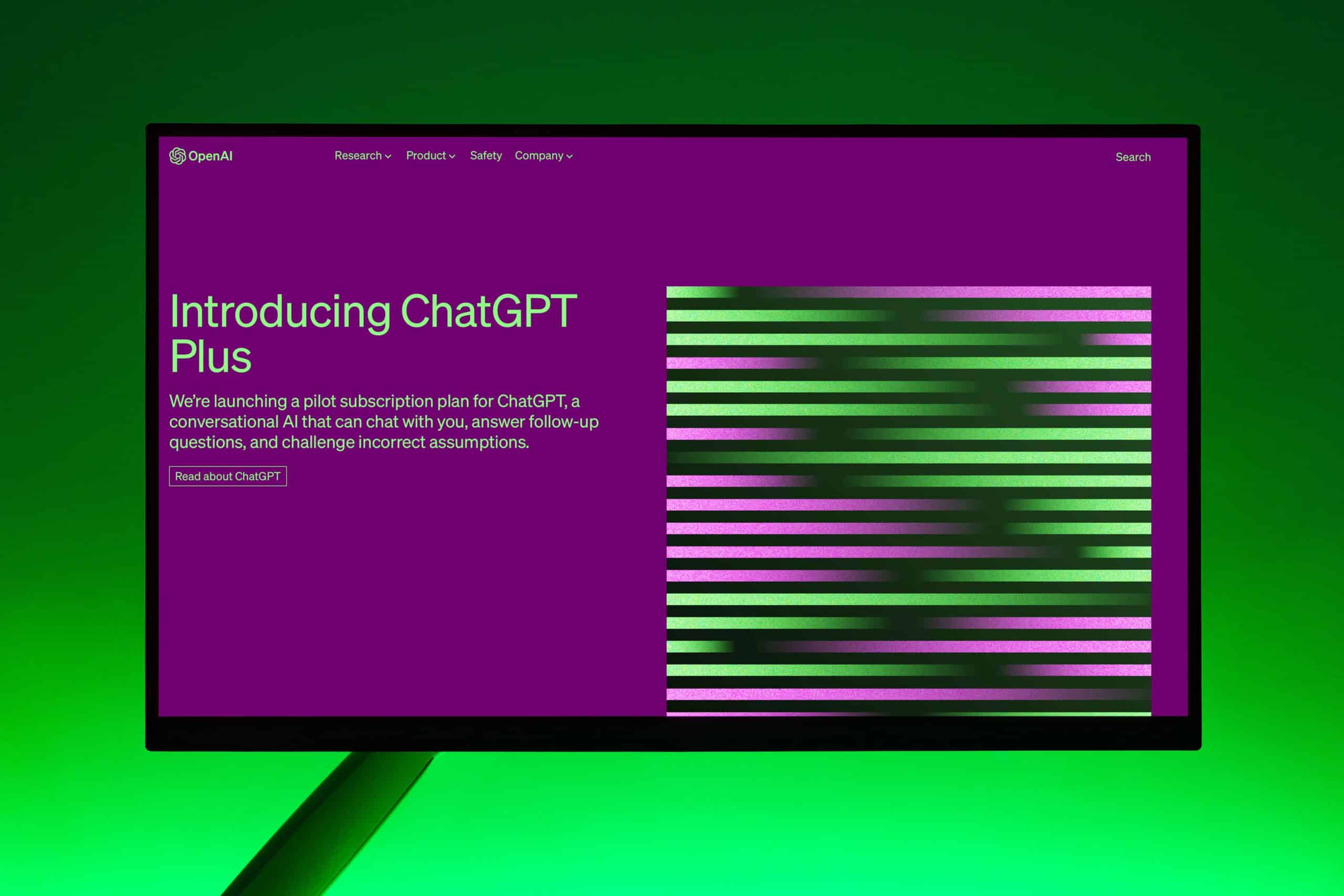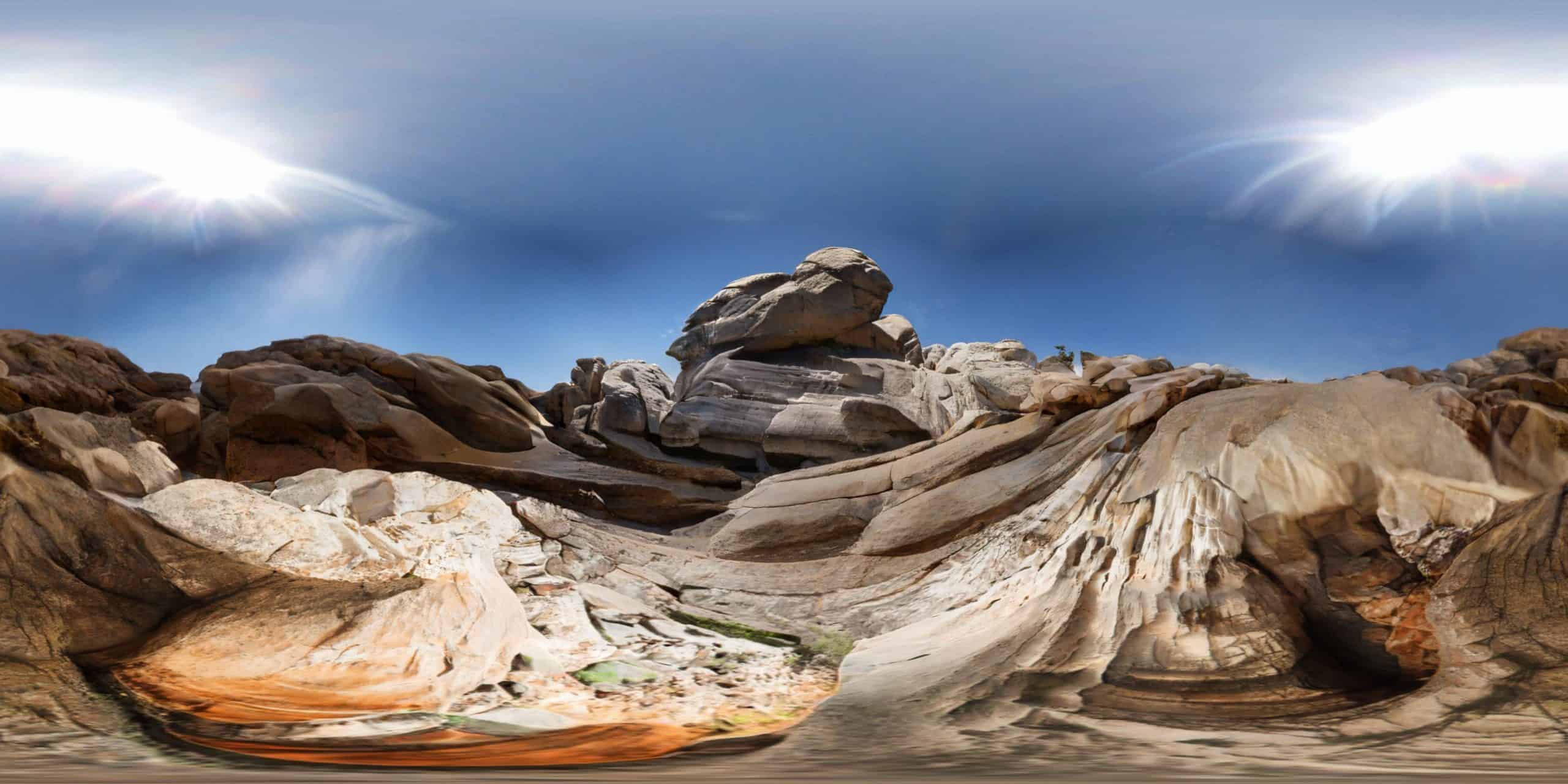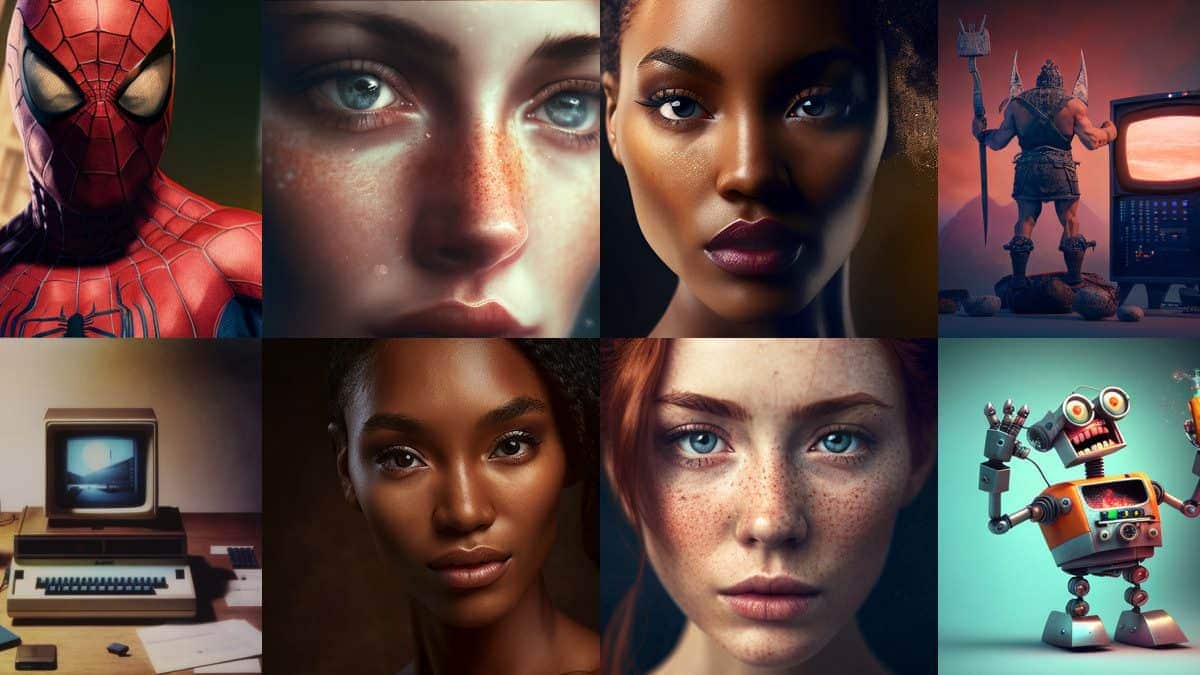Using AI in virtual tours can enhance their experience and make them more realistic and immersive for visitors. We will discuss ways AI can be leveraged to create better virtual tours – from creating high-quality 360-degree images to customizing experiences for each visitor.
What is a Virtual Tour?
Virtual tours provide users with an interactive, immersive experience that lets them virtually explore a location or property as though they were in person. Virtual tours typically combine 360-degree photos with audio/video/text/graphic elements – including 360-degree panoramas and text, images, and visual elements – creating an engaging virtual tour experience they can access on any computer, smartphone, tablet, or another device.
Virtual tours have quickly become a trending and accessible solution in the real estate industry, helping buyers and renters explore properties without physically visiting them. Virtual tours may also be used for tourism, education, entertainment, or marketing.
Best Virtual Tour software for Real Estate 2023 – Learn more
Virtual Tours in Healthcare – Learn more
Why Use AI in a Virtual Tour?

AI is revolutionizing the virtual tour field by enabling new ways of creating, displaying, and experiencing 360-degree images. By using AI-based image generators, neural holography techniques, and natural language processing systems, we can create better virtual tours that are:
- More realistic: AI can generate high-quality 360-degree images that look like real photos and display them in holographic displays that are more perceptually realistic and visually appealing.
- More engaging: AI can create interactive and personalized experiences for visitors by allowing them to explore, learn, and interact with the location or property in various ways.
- More efficient: AI can save time and money by generating 360-degree images from text descriptions instead of requiring a special camera and stitching software.
How to Use AI in a Virtual Tour?
Here are some of the ways that AI can be used to create better virtual tours:
Generating 360-degree images with AI

Source: redironlabs
Virtual tours present many unique challenges, one of the main ones being to capture and display a 360-degree view of any given location or property. This requires a special camera capable of taking multiple photos from various angles and stitching them together into a single image. However, this process can be time-consuming, expensive, and prone to errors.
AI can assist in meeting these challenges by creating 360-degree images from text descriptions. MidJourney is an AI-powered image generator that produces images based on text descriptions; specifying aspect ratio and projection method settings creates realistic 360-degree virtual tour images in equirectangular projection format – commonly used by virtual tour companies.

DALL-E 2 from OpenAI is another AI-powered image generator that produces realistic 360-degree images based on text descriptions but only has an aspect ratio of 1:1 by default. However, an “Outpainting” editor allows users to add more “squares” into an image to produce larger ones with different aspect ratios.
AI-generated images can serve as placeholders or prototypes for virtual tours or as sources of inspiration for photographers and designers.
Improving holographic displays with AI

One of the critical challenges of creating a virtual tour is displaying 360-degree images engagingly and realistically. Most virtual and augmented reality displays only show 2D images to each eye instead of more realistic three-dimensional or holographic ones found in our daily environment, potentially leading to visual discomfort and diminishing any sense of presence that the tour may create.
Artificial intelligence can enhance holographic displays by employing neural networks – an artificial intelligence technique that mimics how humans acquire knowledge – to improve the quality and realism of presentations. Stanford Computational Imaging Lab researchers have created “neural holography,” a technique that uses neural networks to produce better holographic displays.
Neural holography offers solutions to two of the significant barriers to creating high-quality holographic displays: controlling light waves at a resolution of the hologram and representing what would happen if a 3D scene existed in a real-world environment. By employing neural networks, neural holography can reduce speckling distortion, improve image quality and represent how physical laws would apply if this 3D scene existed in a real-world environment.
AI-enhanced holographic displays can create more perceptually realistic and visually pleasing virtual tours that are easier on the eyes, more immersive, and offer greater immersion.
Creating interactive and personalized experiences with AI

Thirdly, creating an interactive and personalized virtual tour requires making it engaging and educational. A virtual tour should provide more than just a passive viewing experience but allow visitors to discover and interact with its location or property.
AI can create interactive and tailored visitor experiences using natural language processing, computer vision, and recommendation systems. The Museum of AI is one such virtual museum that employs AI to deliver engaging experiences for its visitors. For instance, they can self-guided tours of special exhibits within it and learn key moments in AI history through quizzes played within the museum, celebrate learning milestones with special events hosted within its walls, and gain insights about human-AI future trends.
AI can assist in designing virtual tours explicitly tailored to each visitor, considering their preferences and needs. AI can analyze visitor behavior to recommend relevant properties or locations they should explore while tailoring content and presentation according to each person’s profile, interests, goals, and mood.
Interactive and customized virtual tours powered by AI can make virtual tours more immersive, enjoyable, and satisfying for visitors.
AI can enhance virtual tours to make them more realistic and engaging for visitors through image generators, neural holography techniques, and natural language processing systems. With these innovations, we can develop better virtual tours which are realistic yet engaging while being efficient with limited resources.
Follow Panoee:
Facebook: https://bit.ly/Panoee_Community
Twitter: https://bit.ly/tw_panoee360
Youtube: https://bit.ly/yt_panoee360
Telegram: https://t.me/panoee360